Balsam Copaiba Oil
Description
- Botanical Name: Dipterocarpus Turbinatus
- Indian Name: Gurjun Balsam
- Plant Part Used: Gum / Resin
- Origin: India
- Color and Appearance: Color less to Light Yellowish
- Odor: Sweet, Woody, Balsamic odor.
- Method of Production: Steam Distillation
- Odour Strength: Medium
- Grade: Therapeutic
- Blends well with: Cedarwood, citrus oils, clary sage, jasmine, rose, vanilla, ylang ylang.
Buy Balsam Copaiba Oil | Dipterocarpus Turbinatus
Balsam Copaiba oil is gaining popularity in the world of natural remedies for its numerous health benefits and therapeutic properties. Extracted from the resin of the Copaiba tree, this oil has been used for centuries by indigenous communities in South America for its medicinal purposes. In recent years, it has captured the attention of the wellness industry due to its versatility and effectiveness in promoting overall well-being.
What is Balsam Copaiba Oil?
Balsam Copaiba oil is derived from the resin of the Copaiba tree, scientifically known as Copaifera officinalis. Native to the Amazon rainforest, this tree can grow up to 100 feet tall and produces a resin that is tapped similarly to maple syrup extraction. The resin is then steam-distilled to produce the essential oil. This process ensures the preservation of the oil’s purity and potency.
Balsam Copaiba oil is rich in sesquiterpenes and diterpenes, which contribute to its anti-inflammatory and analgesic properties. It also contains high levels of beta-caryophyllene, a cannabinoid receptor modulator that interacts with the body’s endocannabinoid system.
Balsam Copaiba Oil in Medicine
Balsam Copaiba oil has a long history of use in traditional medicine, particularly among indigenous tribes in the Amazon rainforest. It has been used for centuries to treat a variety of ailments and promote overall health and wellness.
Uses
Anti-inflammatory Properties
Pain Relief
Skin Health
Chemical Composition
- B-Caryophyllene
- a-Copaiene
- delta-Cadinene
- Gamma-Cadinene
- Cedrol
- Botanical Name: Dipterocarpus Turbinatus
- Indian Name: Gurjun Balsam
- Plant Part Used: Gum / Resin
- Origin: India
- Color and Appearance: Color less to Light Yellowish
- Odor: Sweet, Woody, Balsamic odor.
- Method of Production: Steam Distillation
- Odour Strength: Medium
- Grade: Therapeutic
- Blends well with: Cedarwood, citrus oils, clary sage, jasmine, rose, vanilla, ylang ylang.
Buy Balsam Copaiba Oil | Dipterocarpus Turbinatus
Balsam Copaiba oil is gaining popularity in the world of natural remedies for its numerous health benefits and therapeutic properties. Extracted from the resin of the Copaiba tree, this oil has been used for centuries by indigenous communities in South America for its medicinal purposes. In recent years, it has captured the attention of the wellness industry due to its versatility and effectiveness in promoting overall well-being.
What is Balsam Copaiba Oil?
Balsam Copaiba oil is derived from the resin of the Copaiba tree, scientifically known as Copaifera officinalis. Native to the Amazon rainforest, this tree can grow up to 100 feet tall and produces a resin that is tapped similarly to maple syrup extraction. The resin is then steam-distilled to produce the essential oil. This process ensures the preservation of the oil's purity and potency.
Balsam Copaiba oil is rich in sesquiterpenes and diterpenes, which contribute to its anti-inflammatory and analgesic properties. It also contains high levels of beta-caryophyllene, a cannabinoid receptor modulator that interacts with the body's endocannabinoid system.
Balsam Copaiba Oil in Medicine
Balsam Copaiba oil has a long history of use in traditional medicine, particularly among indigenous tribes in the Amazon rainforest. It has been used for centuries to treat a variety of ailments and promote overall health and wellness.
Uses
Anti-inflammatory Properties
Pain Relief
Skin Health
Chemical Composition
- B-Caryophyllene
- a-Copaiene
- delta-Cadinene
- Gamma-Cadinene
- Cedrol


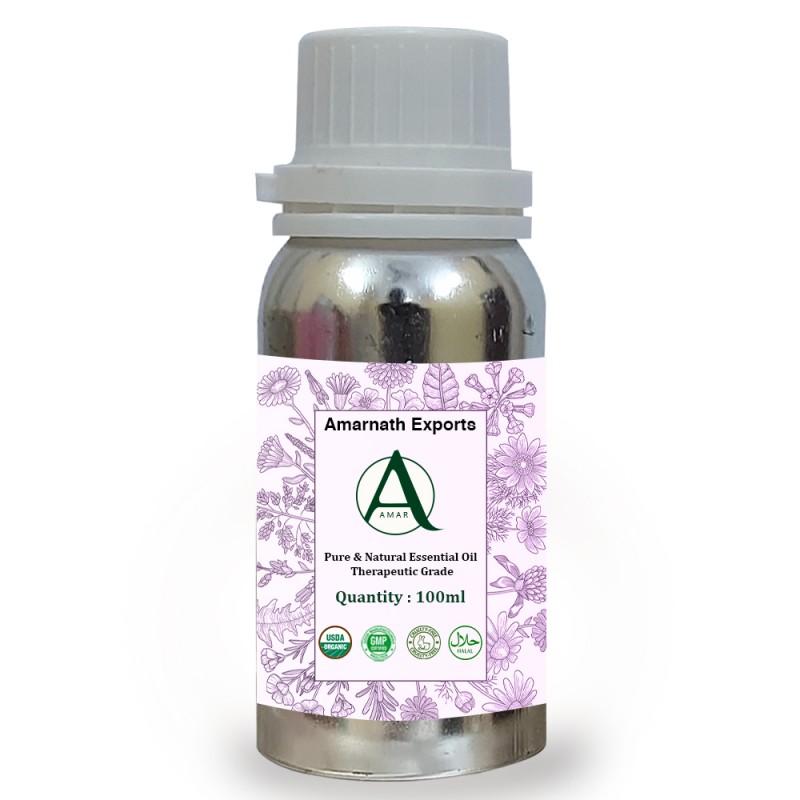
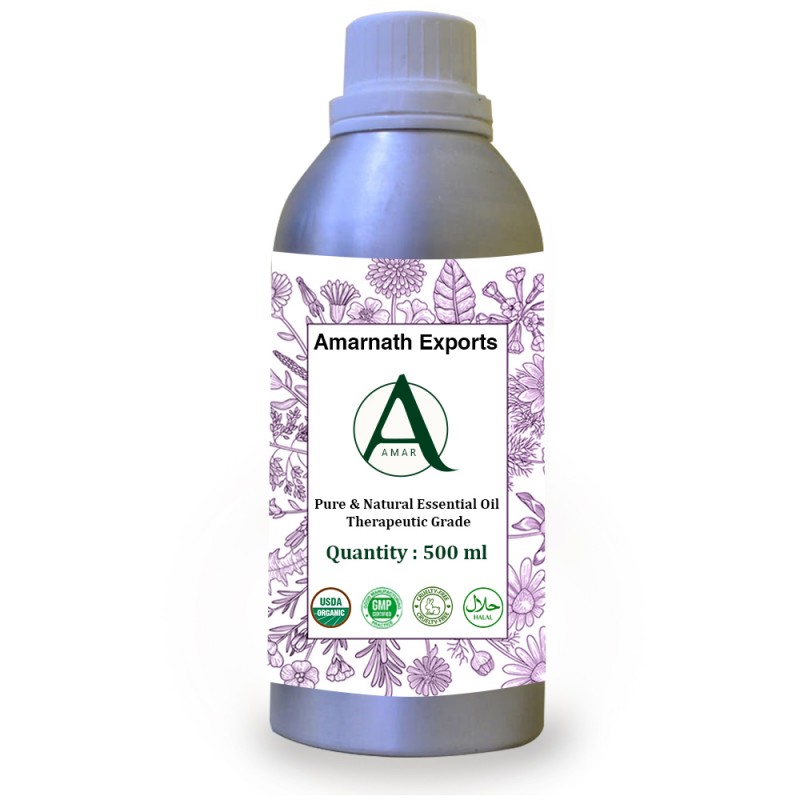

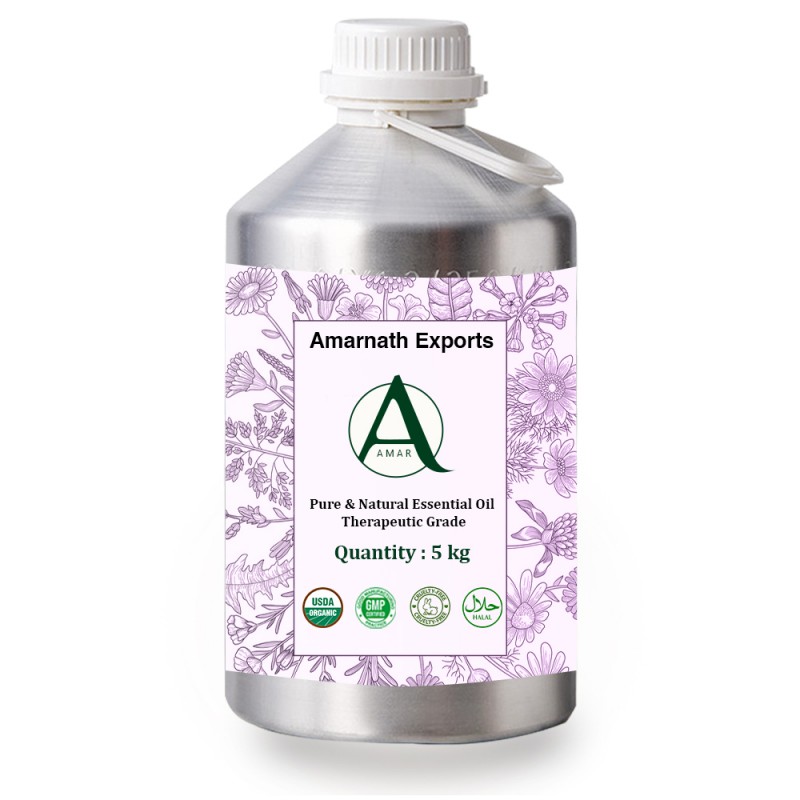
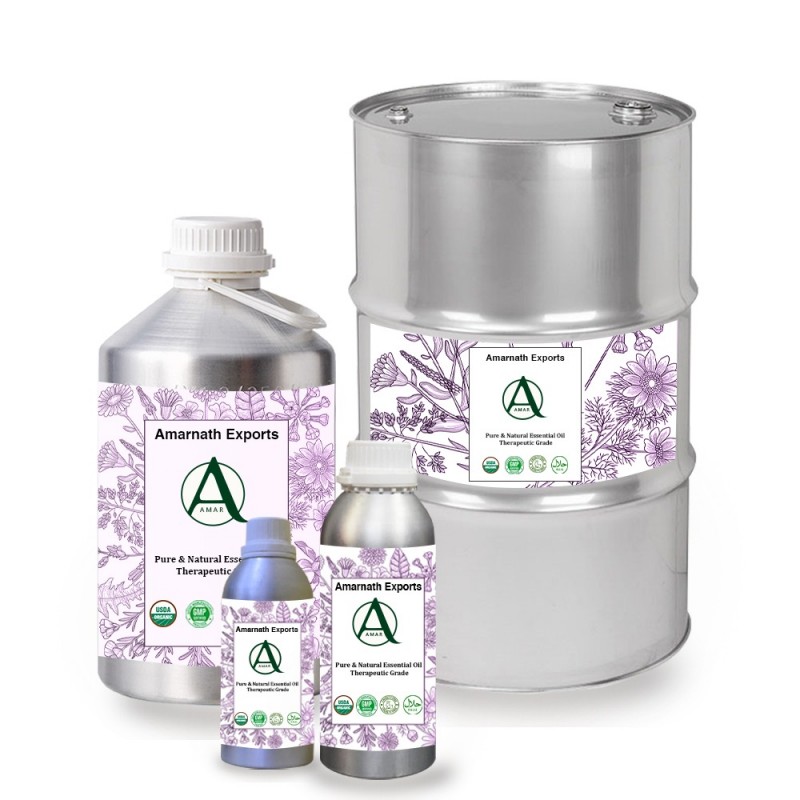

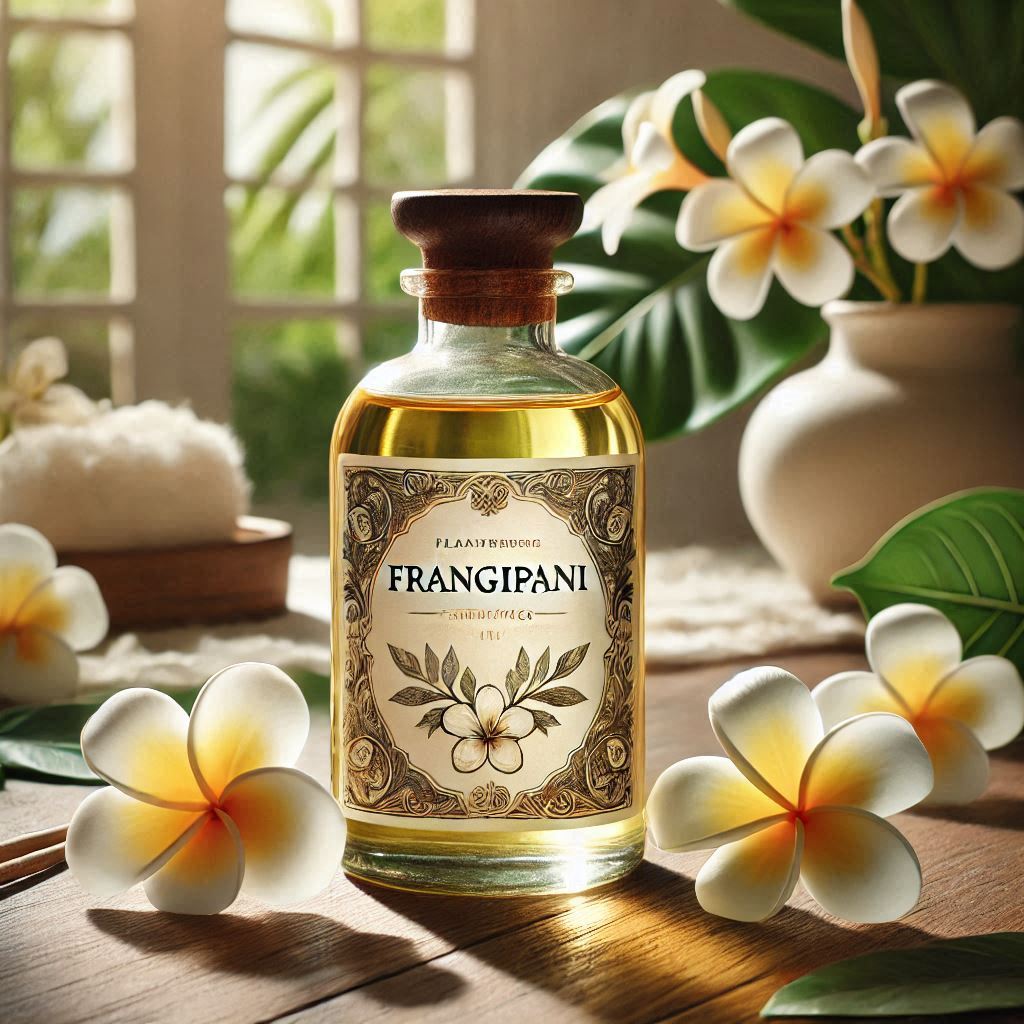
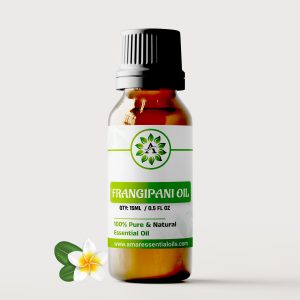

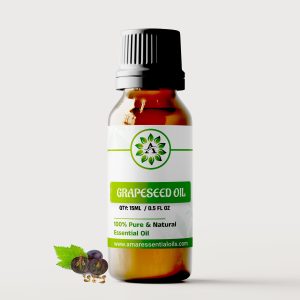
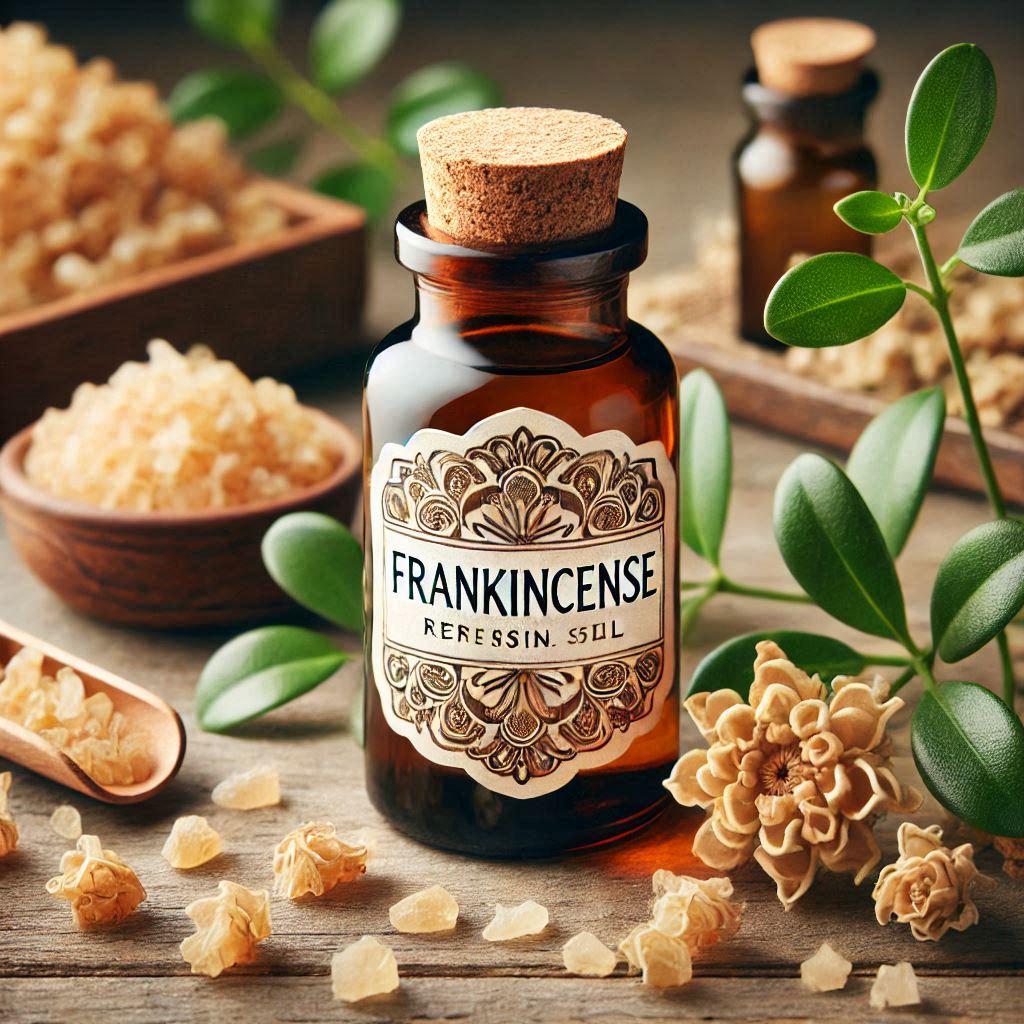
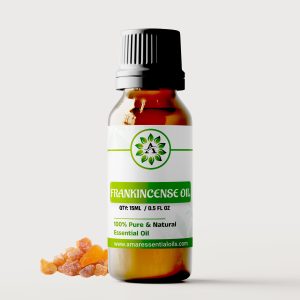
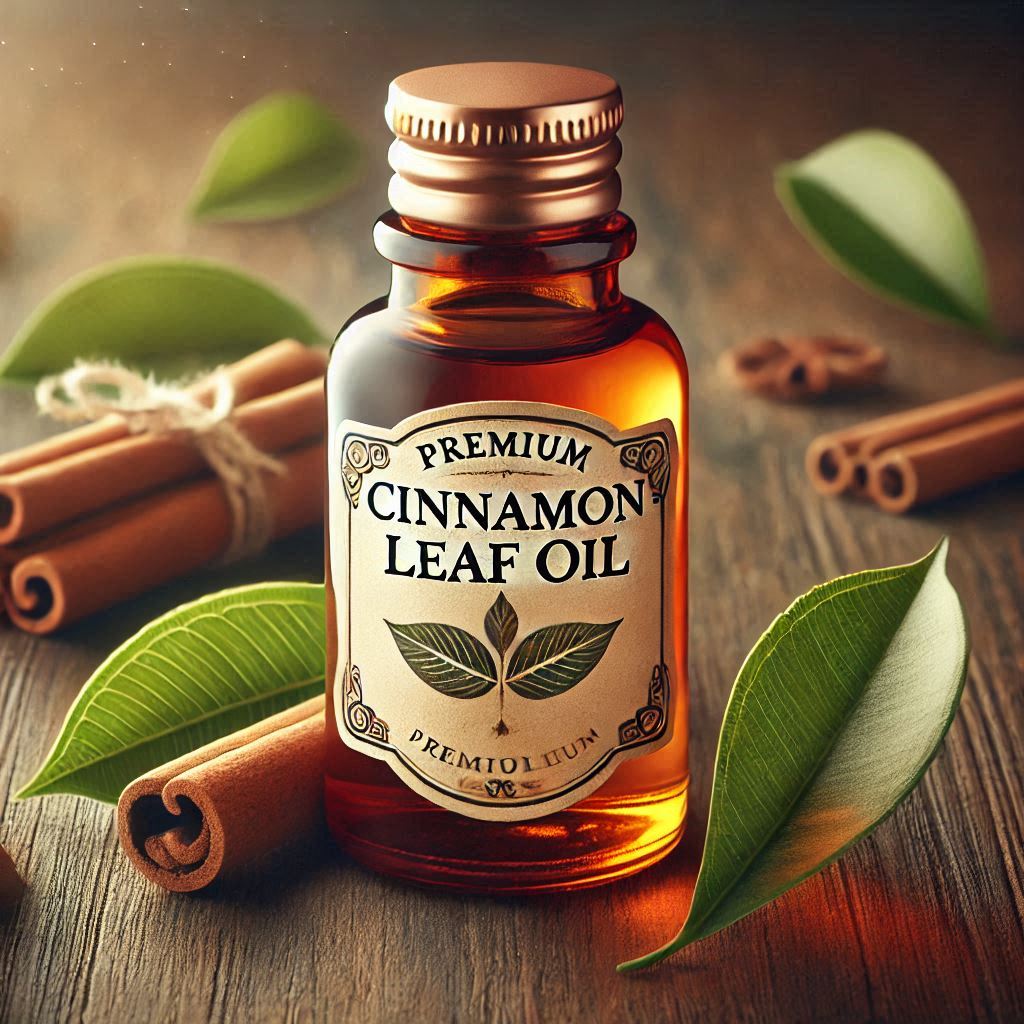
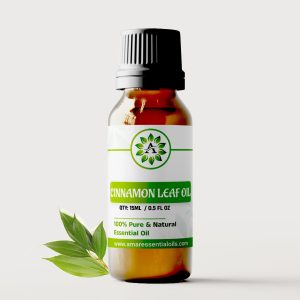
Reviews
There are no reviews yet.